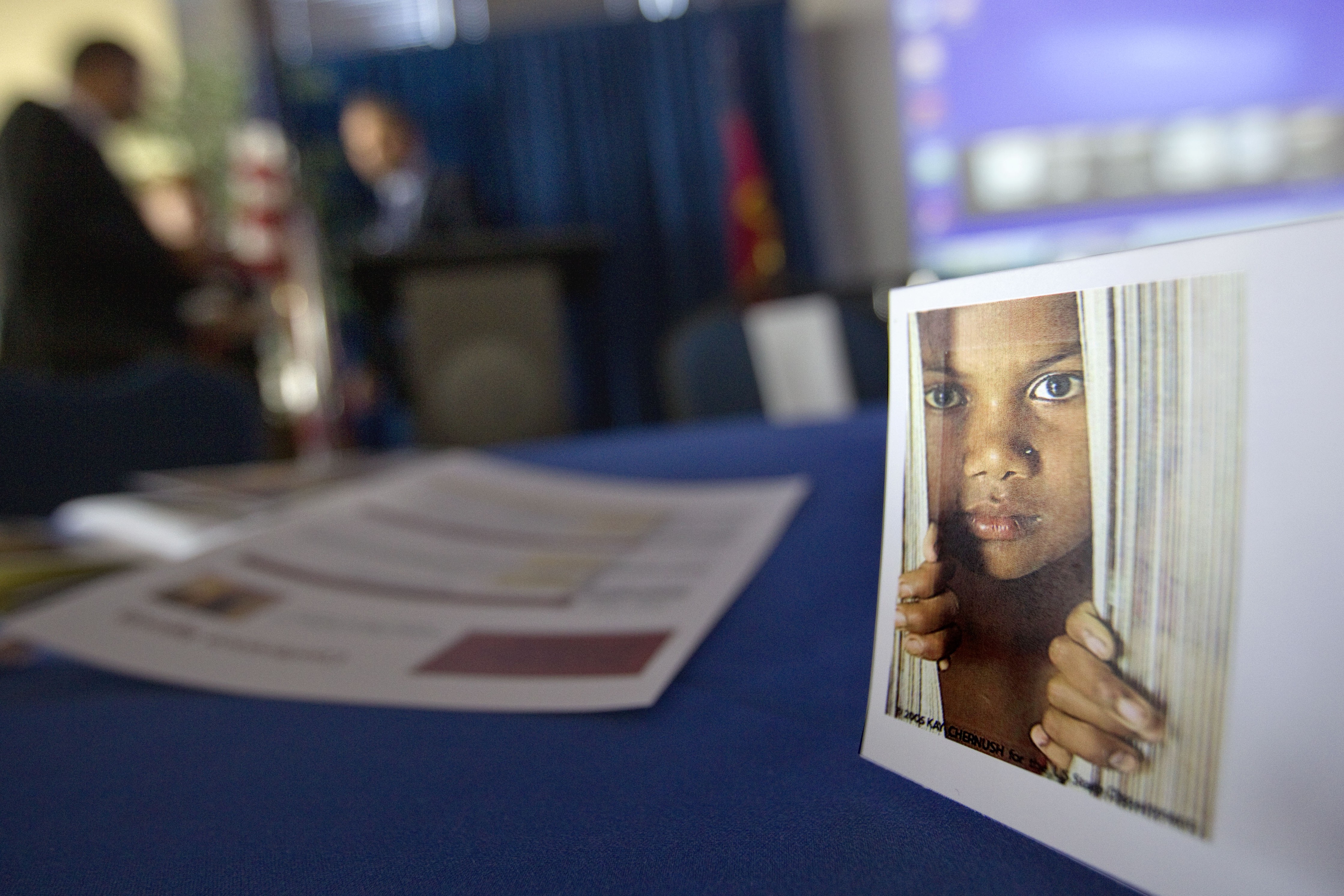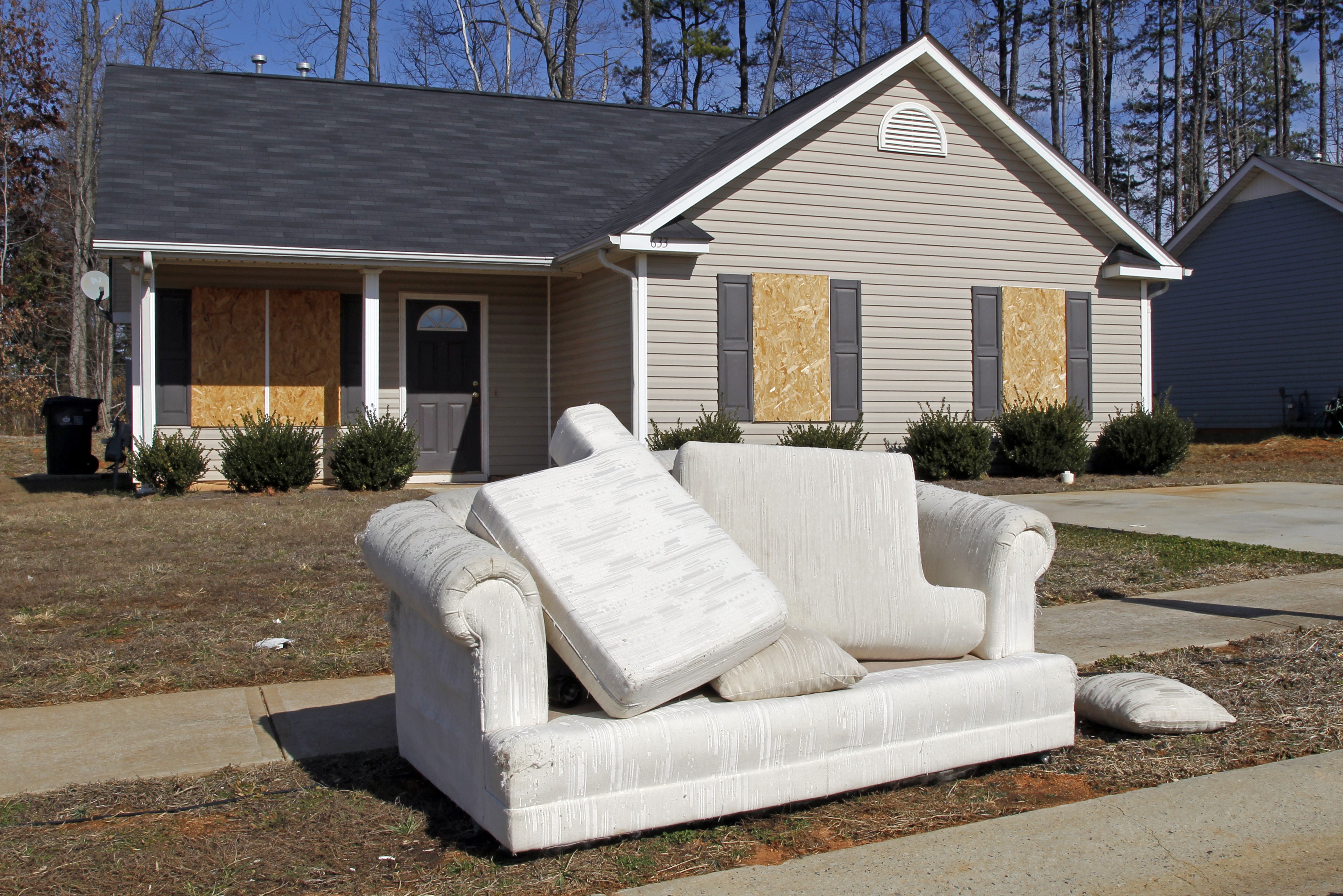Nikki fell in love with her pimp. “Instantly,” she says. “He knew that I didn’t have a dad. He used that to gain control over my mind and eventually over my actions, showing me that he loved me, and giving me things that I had never had before. They move you away from your family, from anyone who could care for you, or rescue you… Things that would make other people’s skin crawl turn out to be normal occurrences to you. And at that point, you are completely dominated by this person… I knew I was being exploited, or beaten, or raped, or tortured, for the commercial gain of another human being.”
This is a real story—an all-too common story—from an American girl. Others like it can be heard in a powerful video compiled by the Human Rights Project for Girls. Together, these stories weave a narrative of one of the most heinous human rights abuses against American children in the United States today: commercial sex exploitation, often described as a form of modern-day slavery. “You belong to this person,” Nikki says in the video. “I was definitely not free.”
According to a 2009 review commissioned by the U.S. Department of Health and Human Services, the average age at which girls first become victims of sex trafficking is 12-14 years old, and direct service providers report increasingly younger victims over the past decade. Two of the most significant risk factors for children to become victims of sex trafficking are poverty and a history of trauma, especially sexual abuse. These are girls who live at the margins, and they need and deserve our attention, and our help.
Yet we are failing these girls—on a significant scale. The National Center for Missing and Exploited Children estimates that at least 100,000 American children every year are victims of commercial sexual exploitation, and the vast majority are girls. To help address this crisis, the Georgetown Law Center on Poverty and Inequality issued a report, Blueprint: A Multidisciplinary Approach to the Sex Trafficking of Girls, which analyzes the problems with current approaches to sex trafficking. As the report describes, law enforcement typically treats the girls as prostitutes, even though they are too young to legally consent to sex. They are seen as perpetrators of a crime, rather than victims. The majority of states do not have safe haven laws that prevent children from being prosecuted for prostitution.
The story of Withelma “T” Ortiz Walker Pettigrew, a former victim who is now an anti-trafficking advocate, reveals how our systems can miss opportunities for intervention. Ms. Pettigrew was abused from infanthood and placed in a group home that was targeted by pimps. She says that she came to believe that her life was valuable only for the paycheck her body could earn. She was repeatedly re-sold and raped for her pimp’s profit and was moved from state to state. Finally, she was arrested at 15 and placed in one of the largest juvenile detention center in Nevada, where, she reports, many girls languished on solicitation charges.
We must do better for our girls—and, indeed, some communities are. Our report highlights collaborative approaches in three jurisdictions that represent real progress in the fight against sex trafficking. One is LA County, in which the probation department, the LAPD, the child welfare system, and the district attorney’s office are working together with the strong backing of local government to better identify victims, many of whom have been wards of the state. As a team, the group assesses victims’ needs and creates appropriate treatment and placement plans that prioritize diversion from the criminal justice system. In addition, the county has created a special court to serve victims based on the same collaborative model that also includes the survivor, her attorney, and advocacy groups.
Other localities should follow such admirable leads and form comprehensive multidisciplinary teams that benefit from the diverse experience of its members, many of whom have met these girls before.
Child sex trafficking victims are survivors. They are tough. But they need our help. In T’s words, “They need hope, relationships – something to live for.” They deserve that much – and far more.












